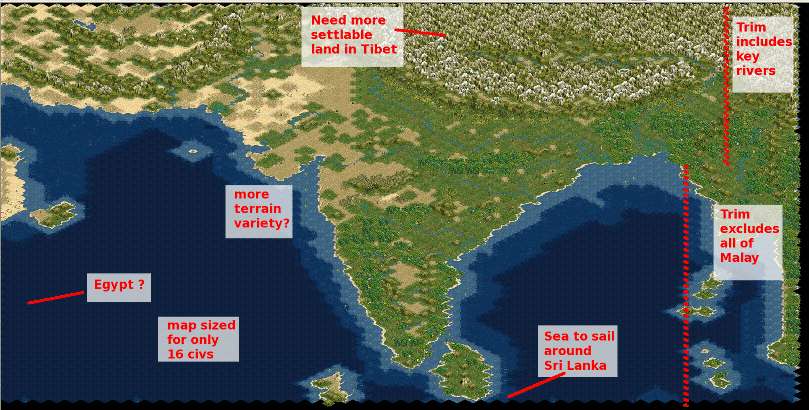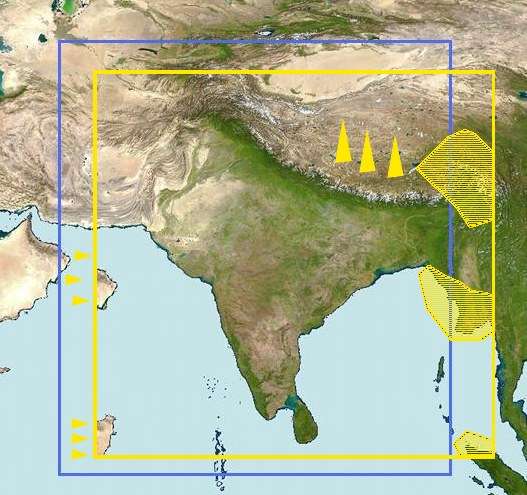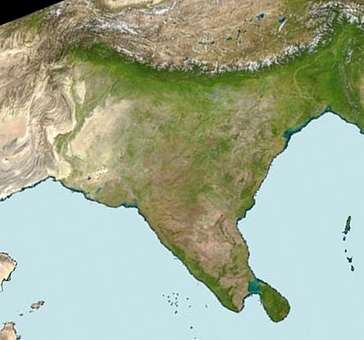Blue Monkey
Archon Without Portfolio
Thanks, Takhi, for the executive summary. I'd only add that resources associated with a particular religion may be in more than one region. The resources would be localized, but not necessarily to a single locale. For example, Krsna in the North and Rama in the South are both associated with important Vaishnava sites. A single "avatar" resource would both allow and limit building important temples to historical pilgrimage sites scattered across the whole subcontinent.
The railroad idea is interesting. Units would use it. But if workers can't build them, and they only parallel rivers, that is explainable in the gameworld context. Caveat: cities built along the railroads can also connect to road networks. Perhaps leading to unintended ports having access to the resource(s).
Further thoughts on "religious" resources: wouldn't need to sacrifice too many slots to get a lot of combinations - even without involving other types of strategic resources such as marble. For example say there are 3 resources - "avatar", "relic", and "pilgrimage". That's 3 x 2 or 6 combinations. But each resource can be required to be local or networked independently of the other. If I have my math straight it's now (3x2)x(2x2) or 24 combinations. That's 24 distinct buildable items delimited by 3 resources. Adding the evolving techs and the need for pre-existing builds makes that number even larger. The three example resources are independent of the specific South Asian religions. Meaning that the same resources can be requirements for buildables particular to any religion. No need for Buddhist resources separate from Jain resources.
The railroad idea is interesting. Units would use it. But if workers can't build them, and they only parallel rivers, that is explainable in the gameworld context. Caveat: cities built along the railroads can also connect to road networks. Perhaps leading to unintended ports having access to the resource(s).
Further thoughts on "religious" resources: wouldn't need to sacrifice too many slots to get a lot of combinations - even without involving other types of strategic resources such as marble. For example say there are 3 resources - "avatar", "relic", and "pilgrimage". That's 3 x 2 or 6 combinations. But each resource can be required to be local or networked independently of the other. If I have my math straight it's now (3x2)x(2x2) or 24 combinations. That's 24 distinct buildable items delimited by 3 resources. Adding the evolving techs and the need for pre-existing builds makes that number even larger. The three example resources are independent of the specific South Asian religions. Meaning that the same resources can be requirements for buildables particular to any religion. No need for Buddhist resources separate from Jain resources.





 .
.
